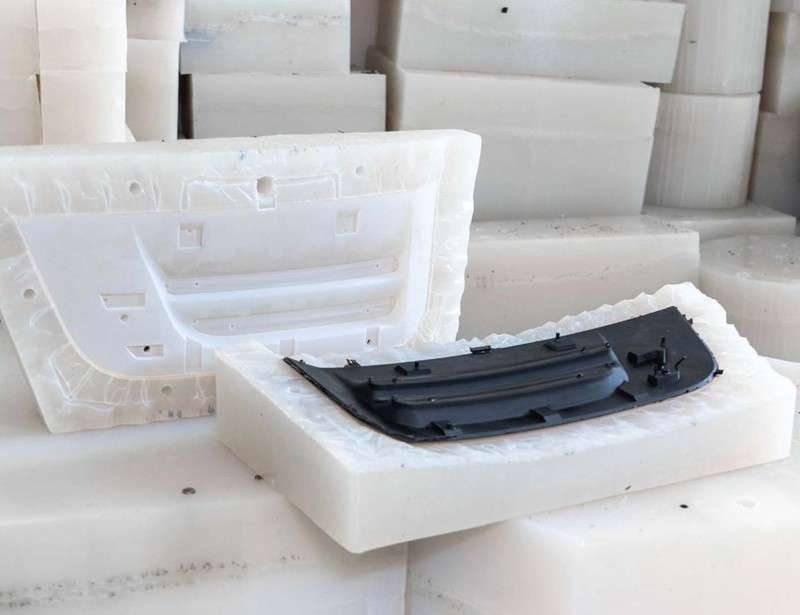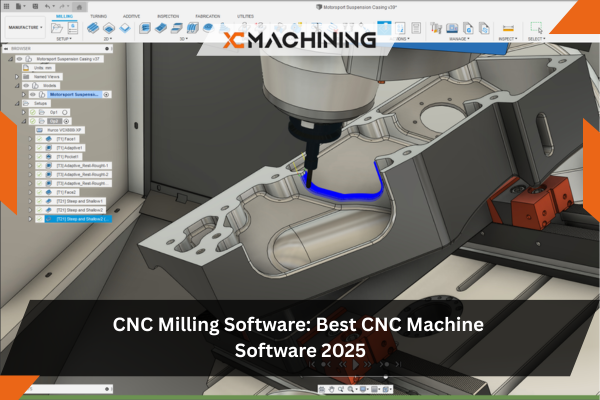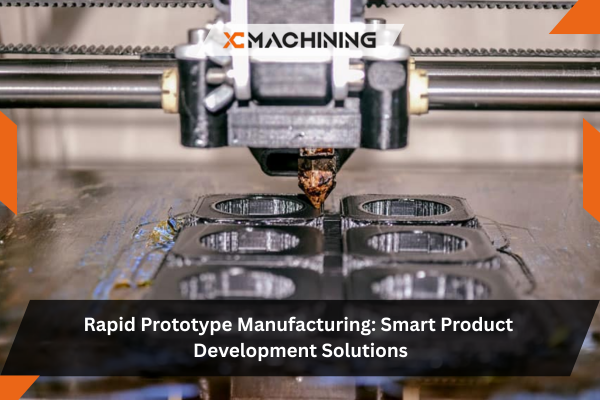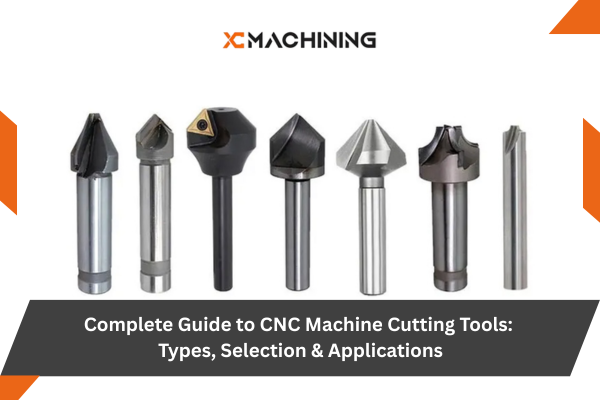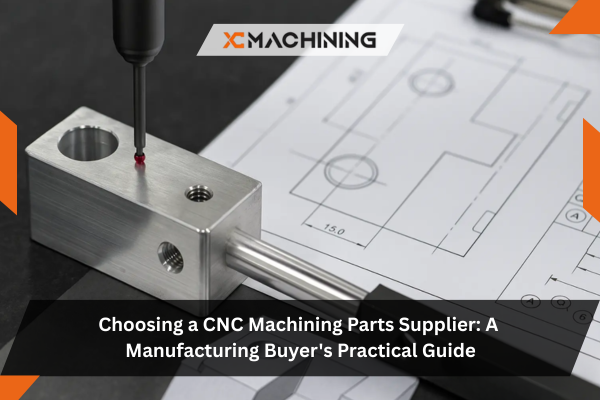A2 tool steel is one of the most versatile cold-work tool steels due to its balance of hardness, toughness, and dimensional stability. These properties make it ideal for precision tooling, wear components, and cutting instruments used in demanding industrial applications.
Punches, Dies & Stamping Tools
A2 is widely used for punches, blanking dies, and forming tools because it maintains sharp cutting edges and resists deformation under repeated high-pressure loads. Its air-hardening behavior reduces distortion, ensuring tight tolerances in progressive dies and stamping operations. XC Machining manufactures A2 punches and dies with ultra-fine tolerances for long service life.
Industrial Blades and Shear Cutting Tools
A2 tool steel’s excellent wear resistance makes it ideal for shear blades, slitter knives, paper-cutting tools, and trimming blades. These tools must retain tight edge geometry and withstand abrasive materials. XC Machining machines grinds A2 blades to precise angles and polished finishes for optimal edge retention.
Precision Gauges, Measuring Fixtures & Tooling Plates
A2’s high dimensional stability makes it suitable for inspection gauges, jigs, fixtures, and alignment tools. After heat treatment, it holds tight measurements even under long-term mechanical stress. XC Machining produces A2 gauging components that maintain accuracy across repeated industrial use.
Wear Plates, Bushings & Industrial Inserts
Components exposed to constant friction, including bushings, wear plates, guides, and inserts, benefit from A2’s hardness and abrasion resistance. Unlike softer steels, A2 maintains its structure over extended cycles. XC Machining machines A2 components used in heavy-duty molds, dies, and industrial machines.
Forming Tools, Bending Dies & Mandrels
A2’s excellent toughness makes it ideal for bending dies, press brake tooling, mandrels, and shaping tools. These components must resist cracking while handling high-pressure forming operations. XC Machining provides custom A2 forming components with polished surfaces for smooth metal flow.
Thread Rolling Dies & Broaches
Because of its balance between hardness and toughness, A2 works well for thread rolling dies, broaches, and other profiling tools. XC Machining uses precision 5-axis machining and grinding to produce complex geometries required for these tools.
What Is the Heat Treatment Process for Tool Steel A2 ?
Heat treatment is essential for unlocking A2 tool steel’s full capabilities, including its 57–62 HRC hardness range, dimensional stability, and wear resistance. A2 is an air-hardening tool steel, meaning it can reach high hardness levels with minimal distortion, one of its biggest advantages.
Preheating (Uniform Temperature Distribution)
The heat treatment process begins with slow, controlled preheating to minimize internal stress. A2 is typically preheated in two stages:
- First stage: 600–650°C (1110–1200°F)
- Second stage: 800–850°C (1470–1560°F)
This gradual heating prevents cracking and ensures uniform temperature across the cross-section.
Austenitizing (Hardening Stage)
After preheating, the steel is raised to its austenitizing temperature:
- 960–980°C (1760–1800°F)
At this stage, A2’s microstructure transforms and dissolves carbides, preparing the steel for hardening. The soaking time typically ranges from 20–40 minutes depending on part size and thickness.
Air Quenching
Unlike oil-hardening steels, A2 hardens through air quenching. Parts are removed from the furnace and allowed to cool in still air or circulated air. This results in:
- Minimal distortion
- Straight, dimensionally stable parts
- Reduced residual stresses
XC Machining prefers A2 for parts requiring tight tolerances after heat treatment due to its predictable stability.
Tempering (Achieving Target Hardness)
A2 is almost always tempered to balance hardness with toughness. Tempering is performed at:
- 150–540°C (300–1000°F)
Depending on the desired hardness (usually 57–61 HRC), the tempering cycle may be repeated twice or even three times to ensure full stabilization.
Tempering reduces brittleness and fine-tunes the mechanical properties for cutting tools, dies, or wear-resistant components.
Stress Relief Before or After Rough Machining
To improve dimensional accuracy, A2 components often undergo stress relief at:
XC Machining incorporates stress-relief cycles before finishing operations to prevent distortion during final machining or heat treatment.
Cryogenic Treatment (Optional for Extreme Wear Resistance)
Advanced applications sometimes use cryogenic treatment, cooling A2 to −185°C (−300°F) to convert retained austenite. This:
- Increases wear resistance
- Improves dimensional stability
- Extends tool life
XC Machining offers cryogenic processing upon request for premium tooling applications.


